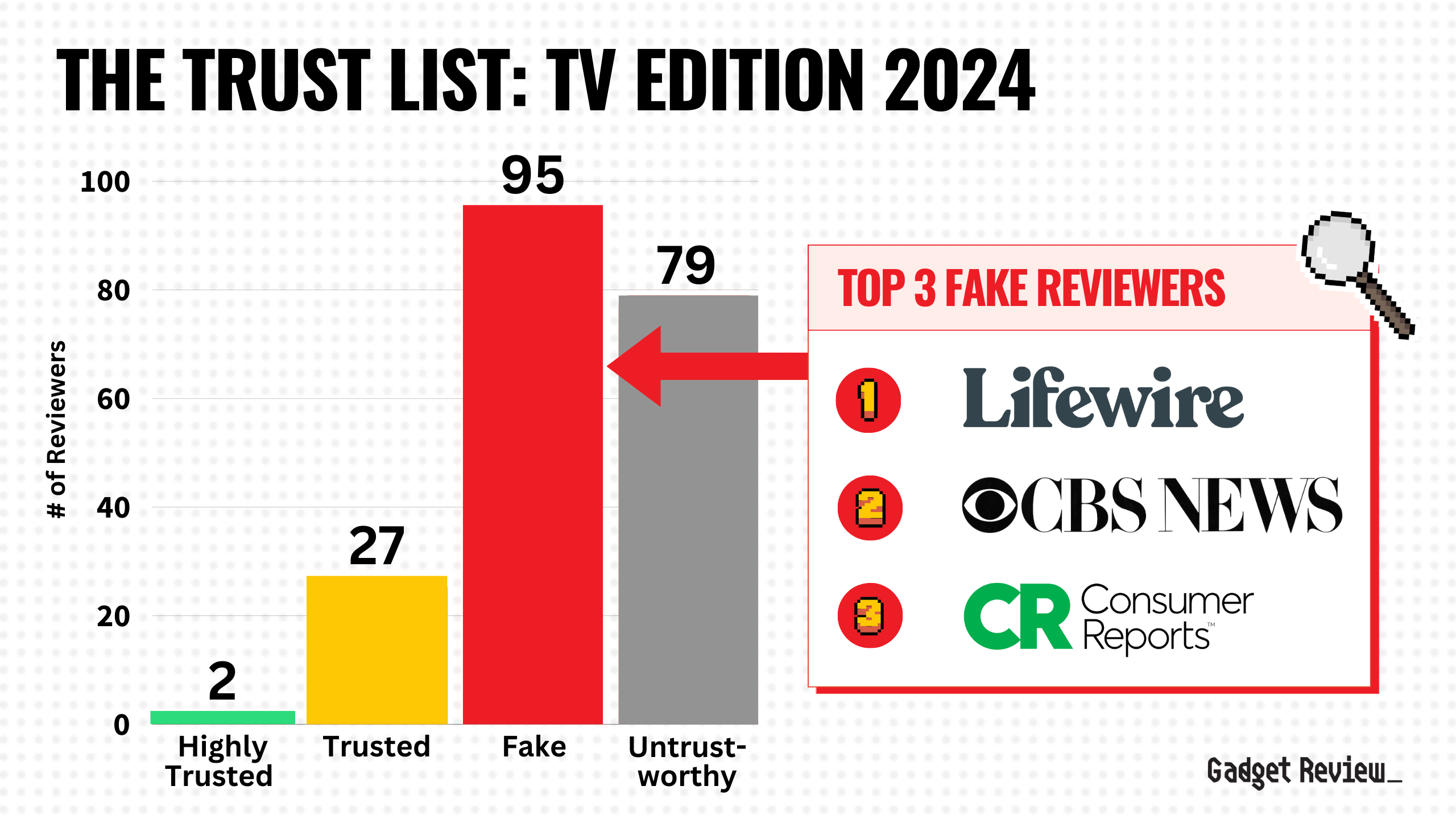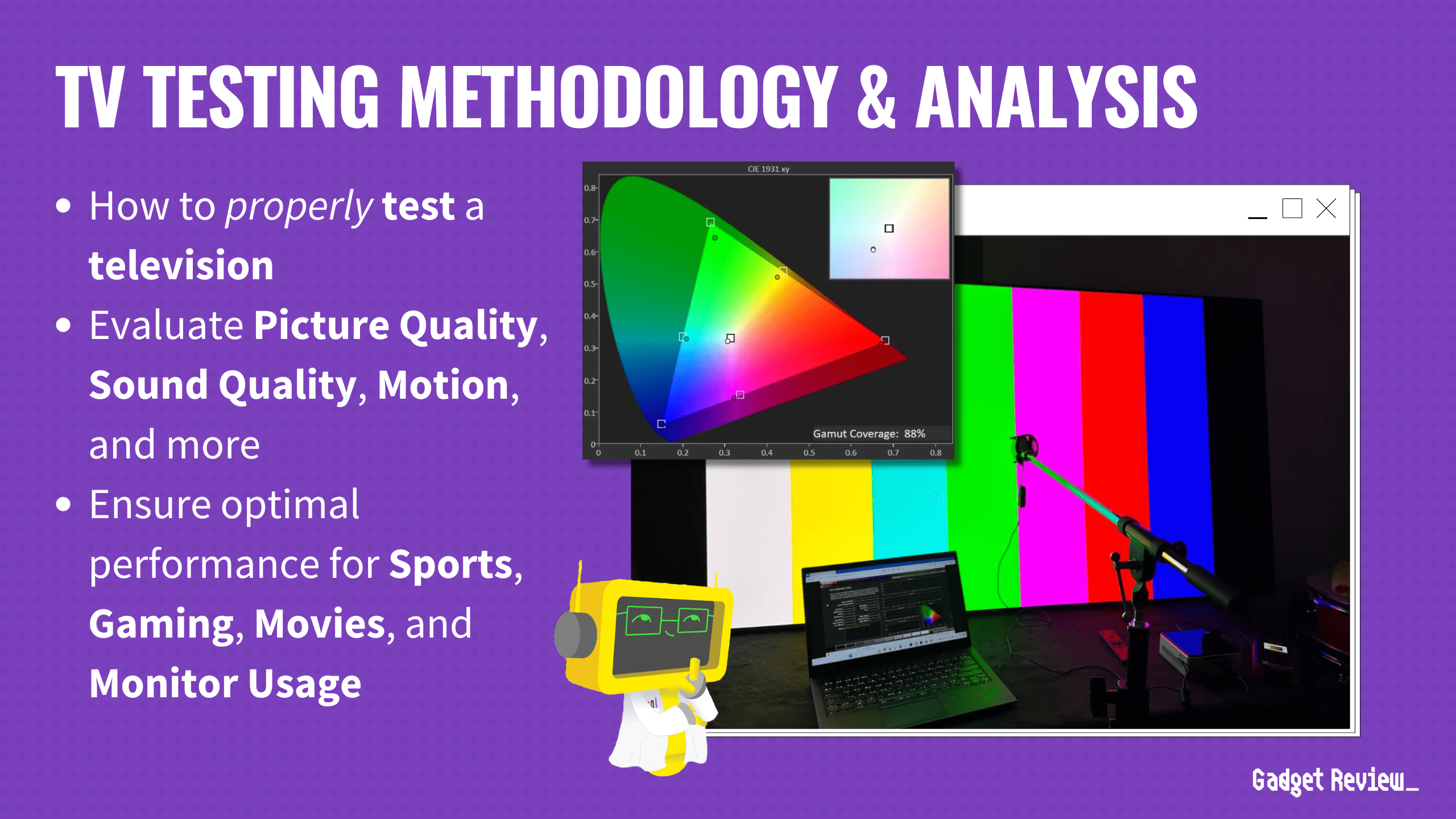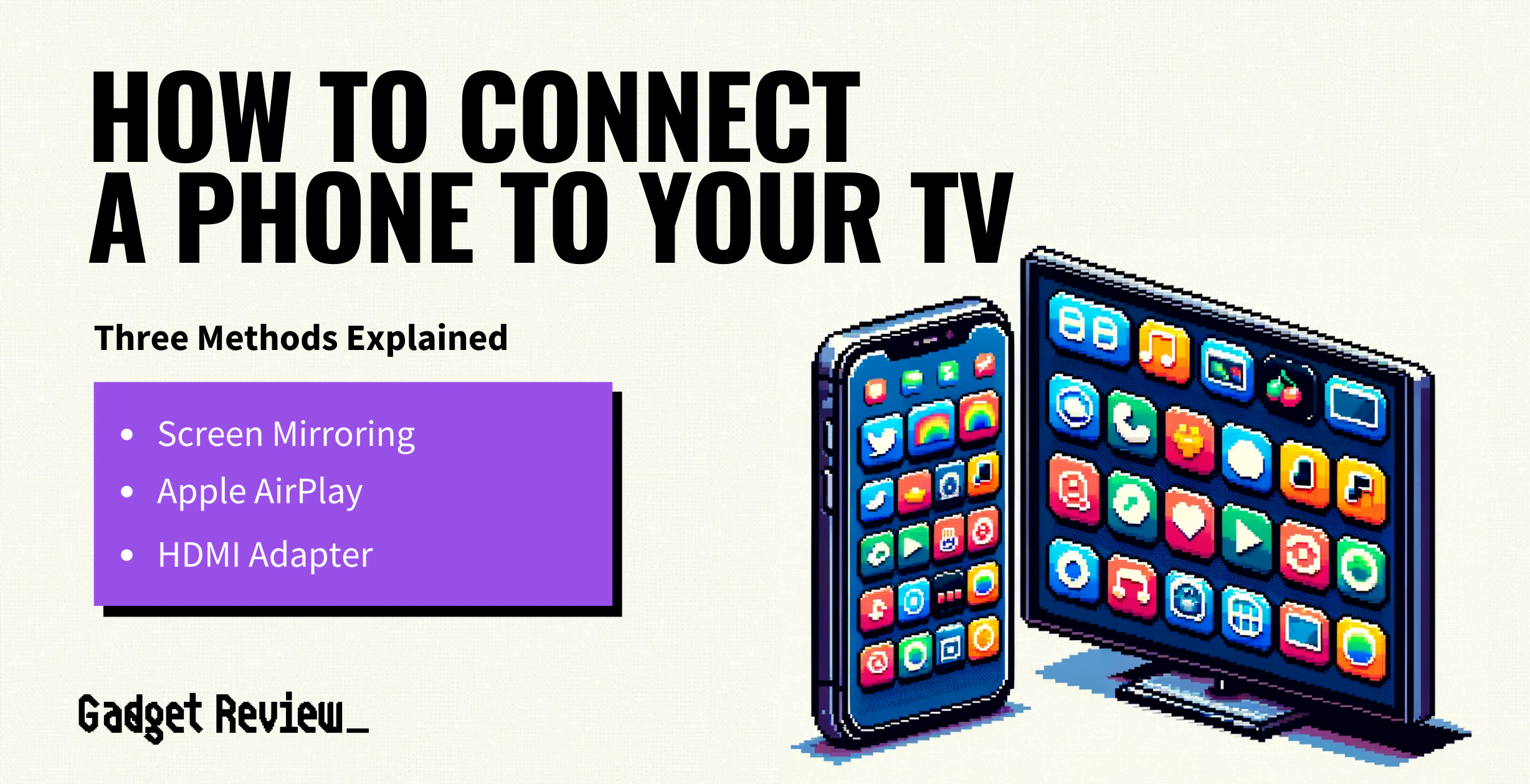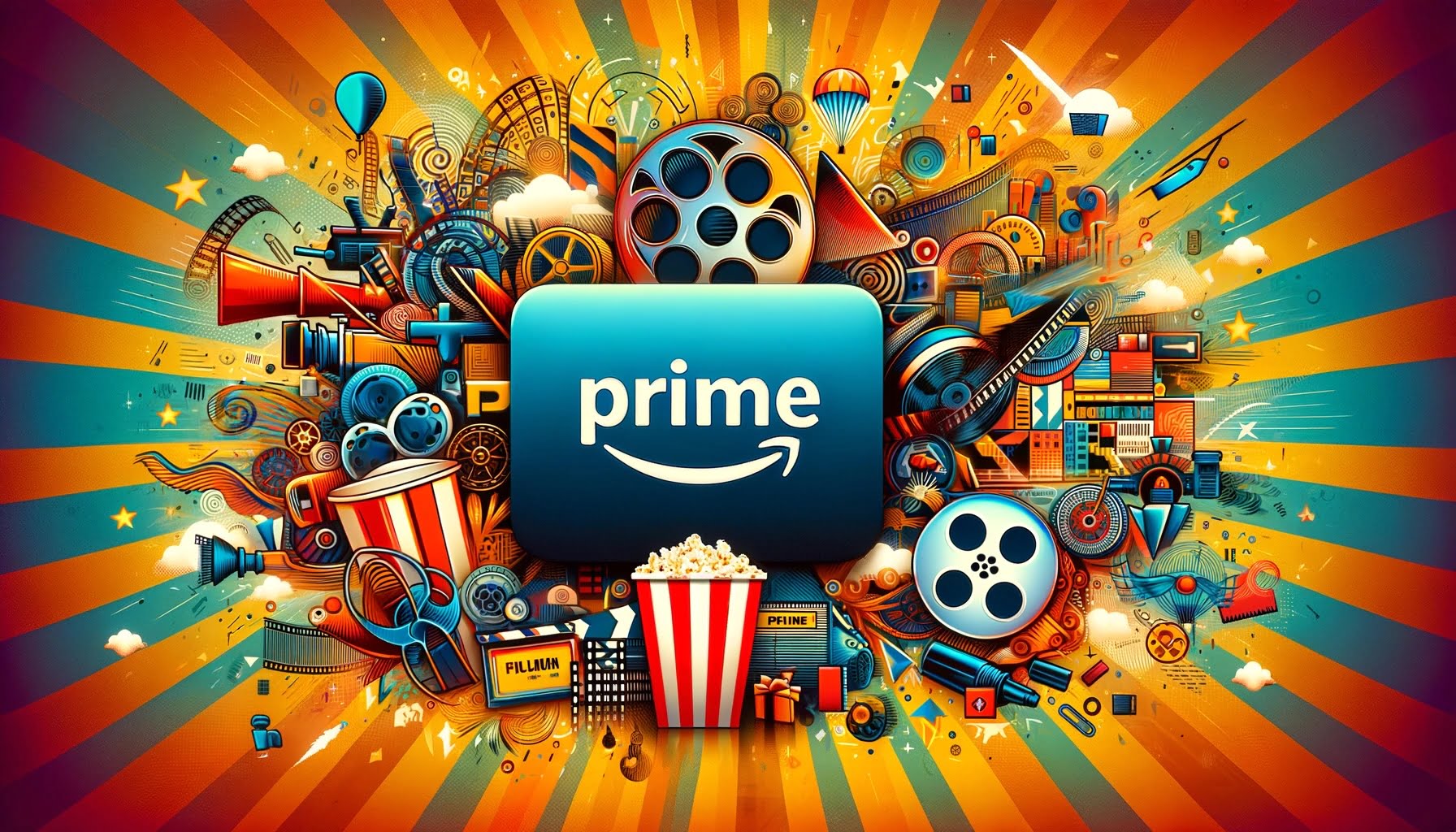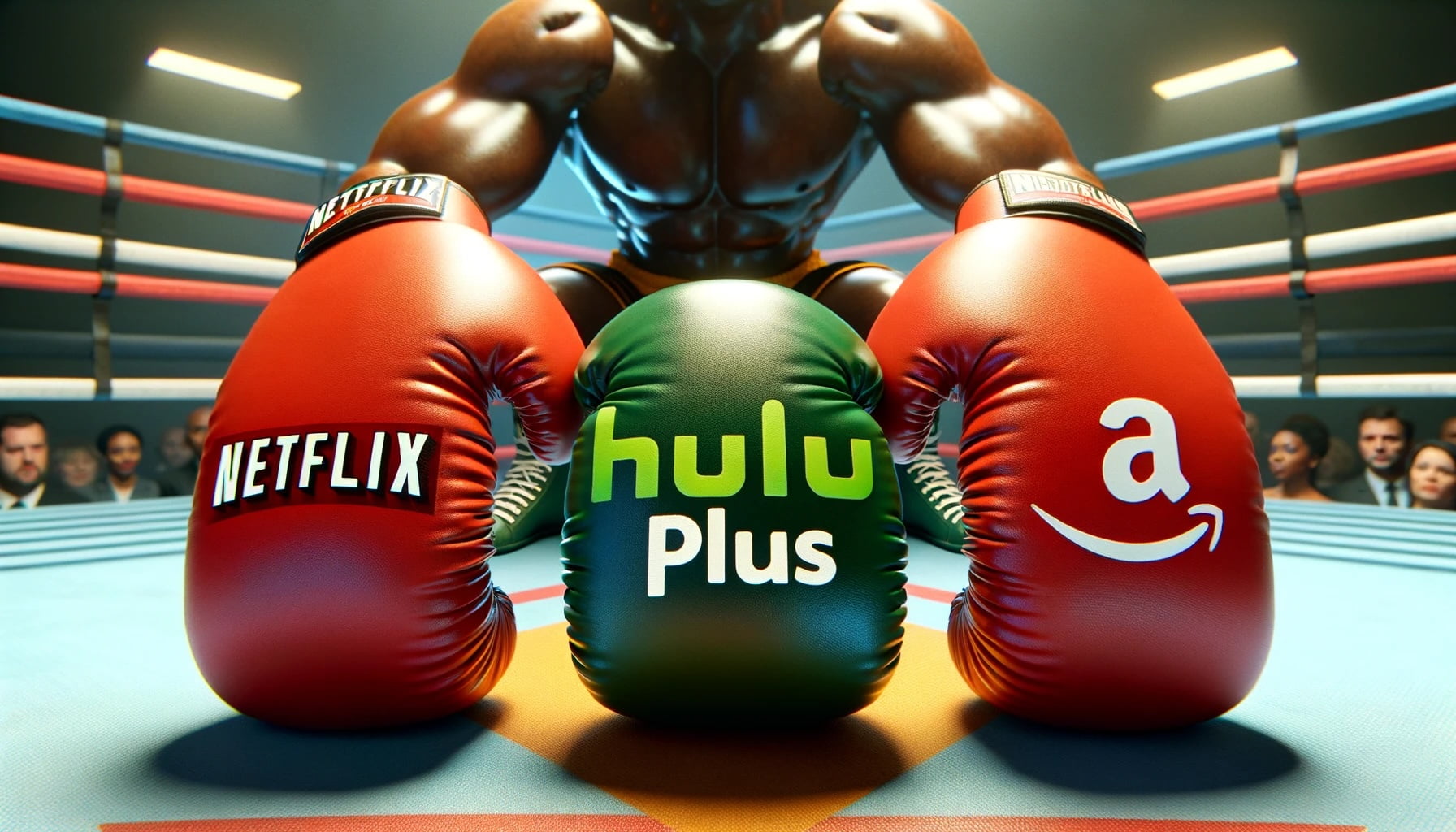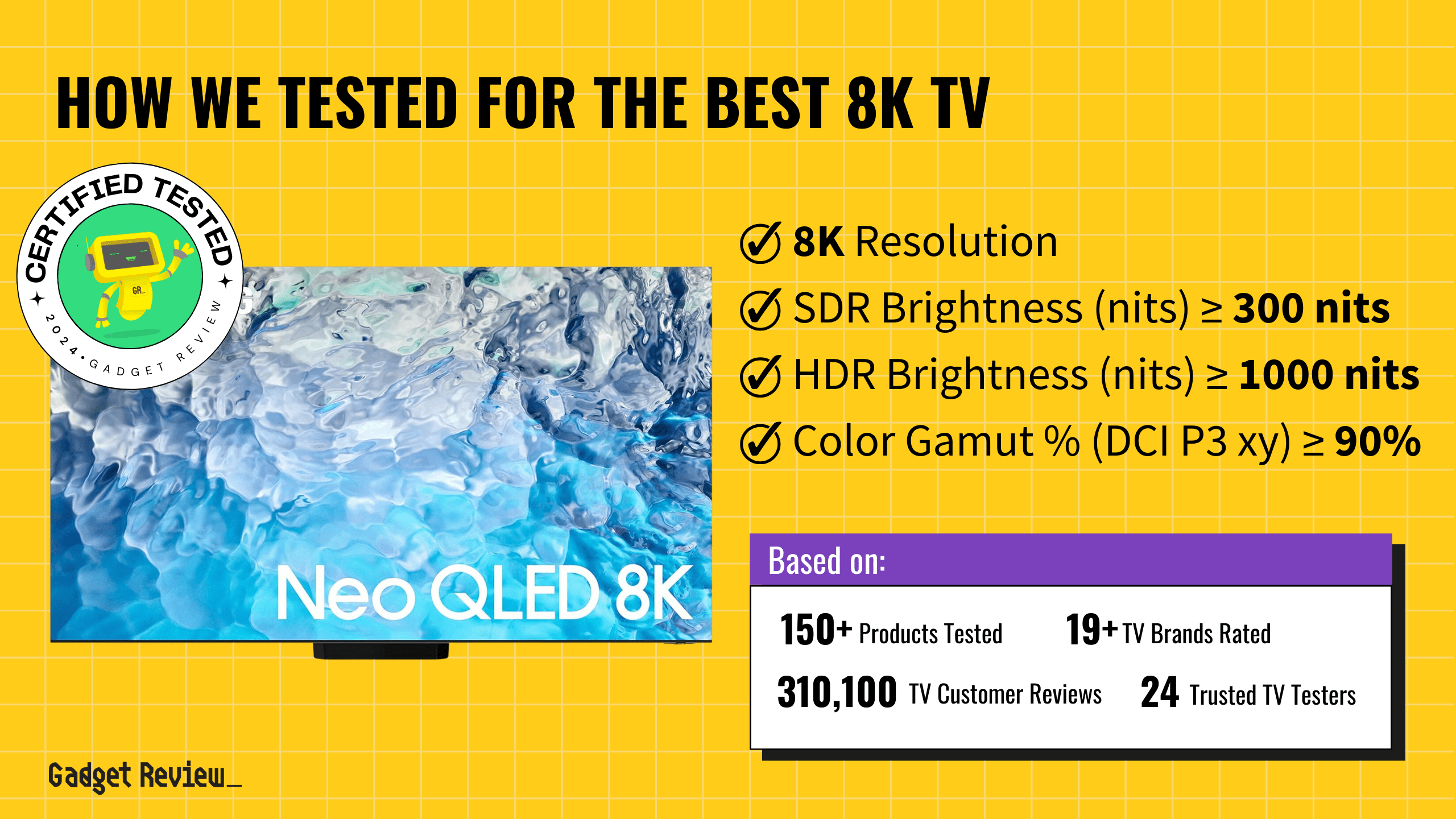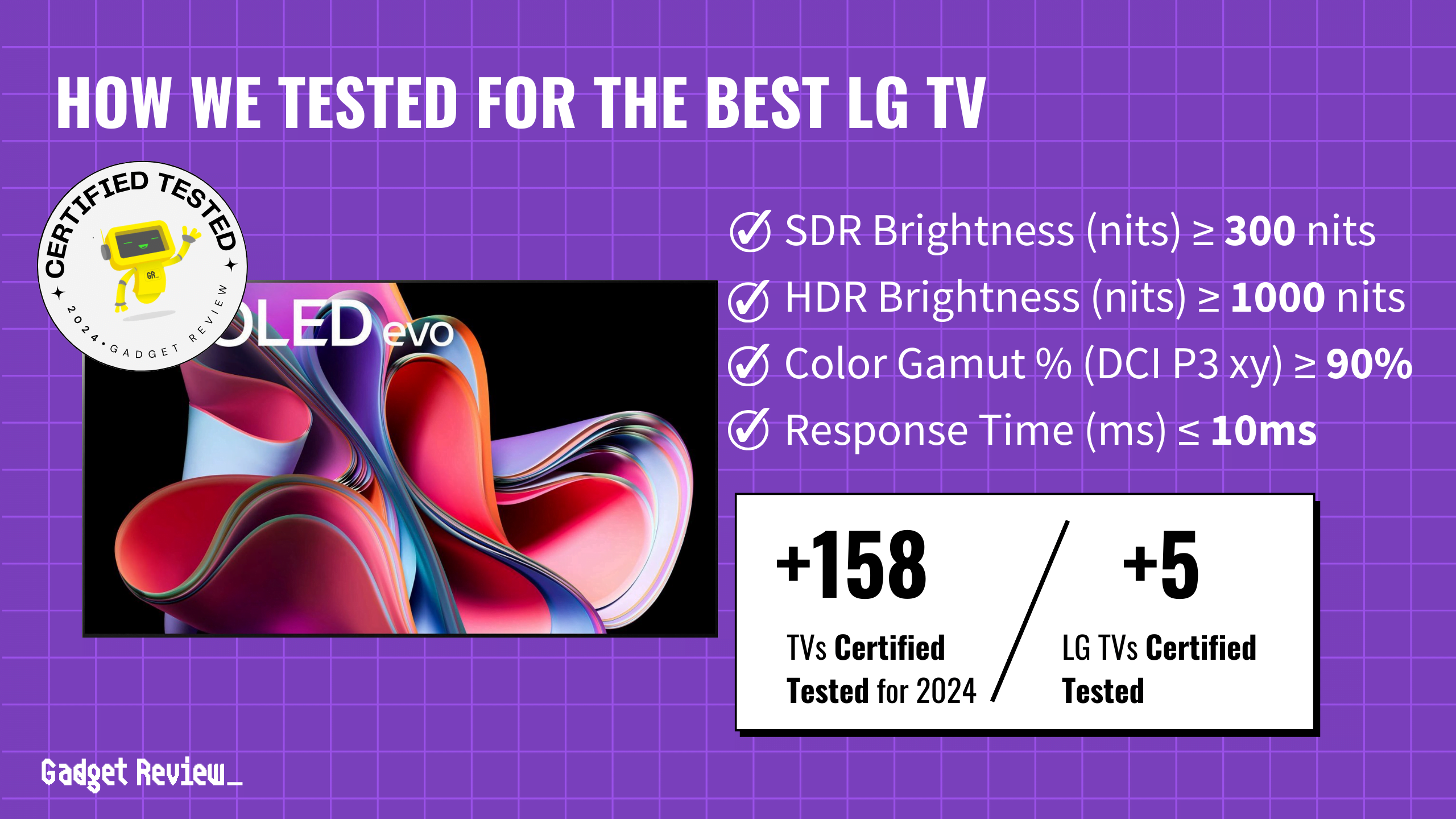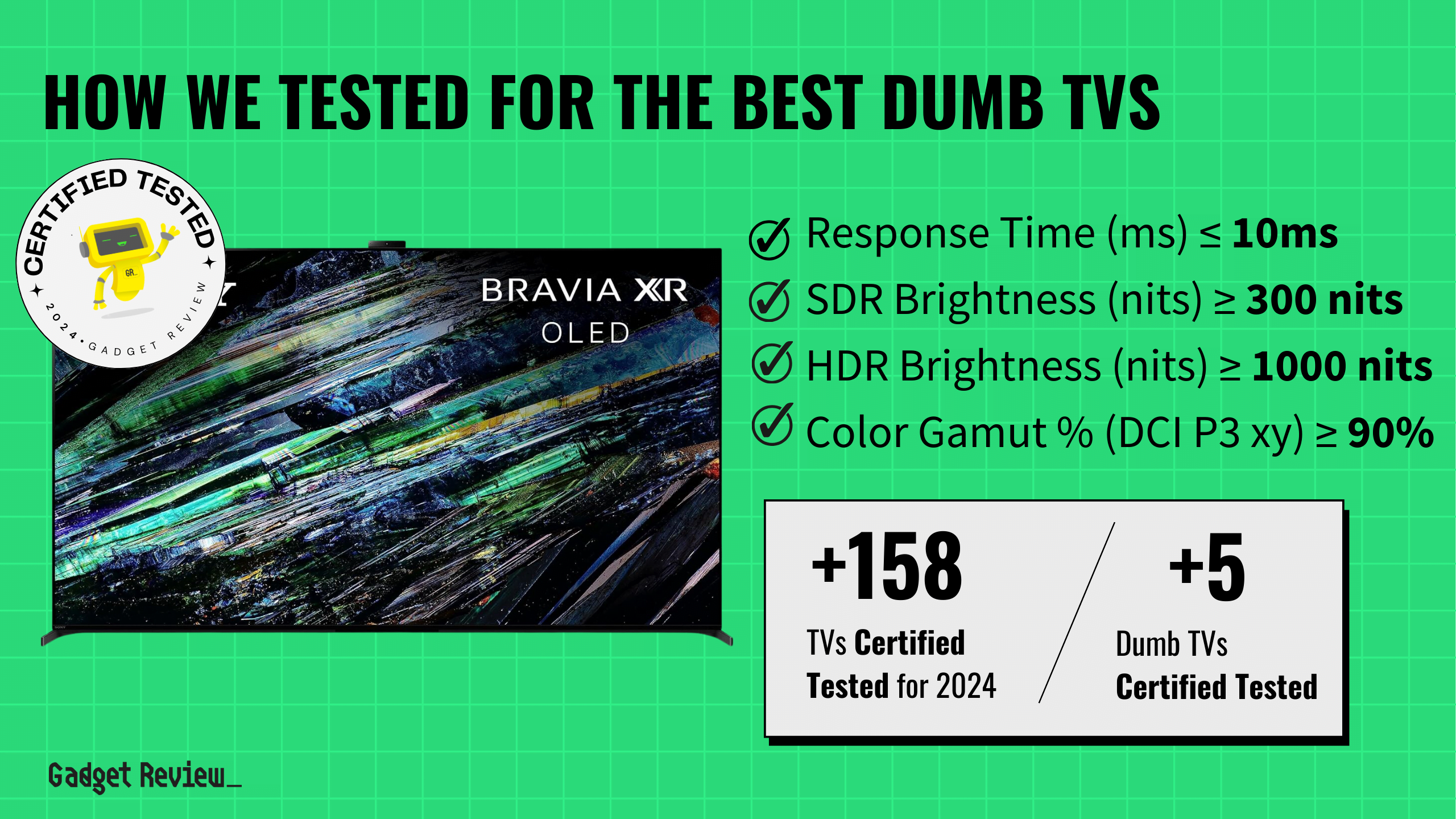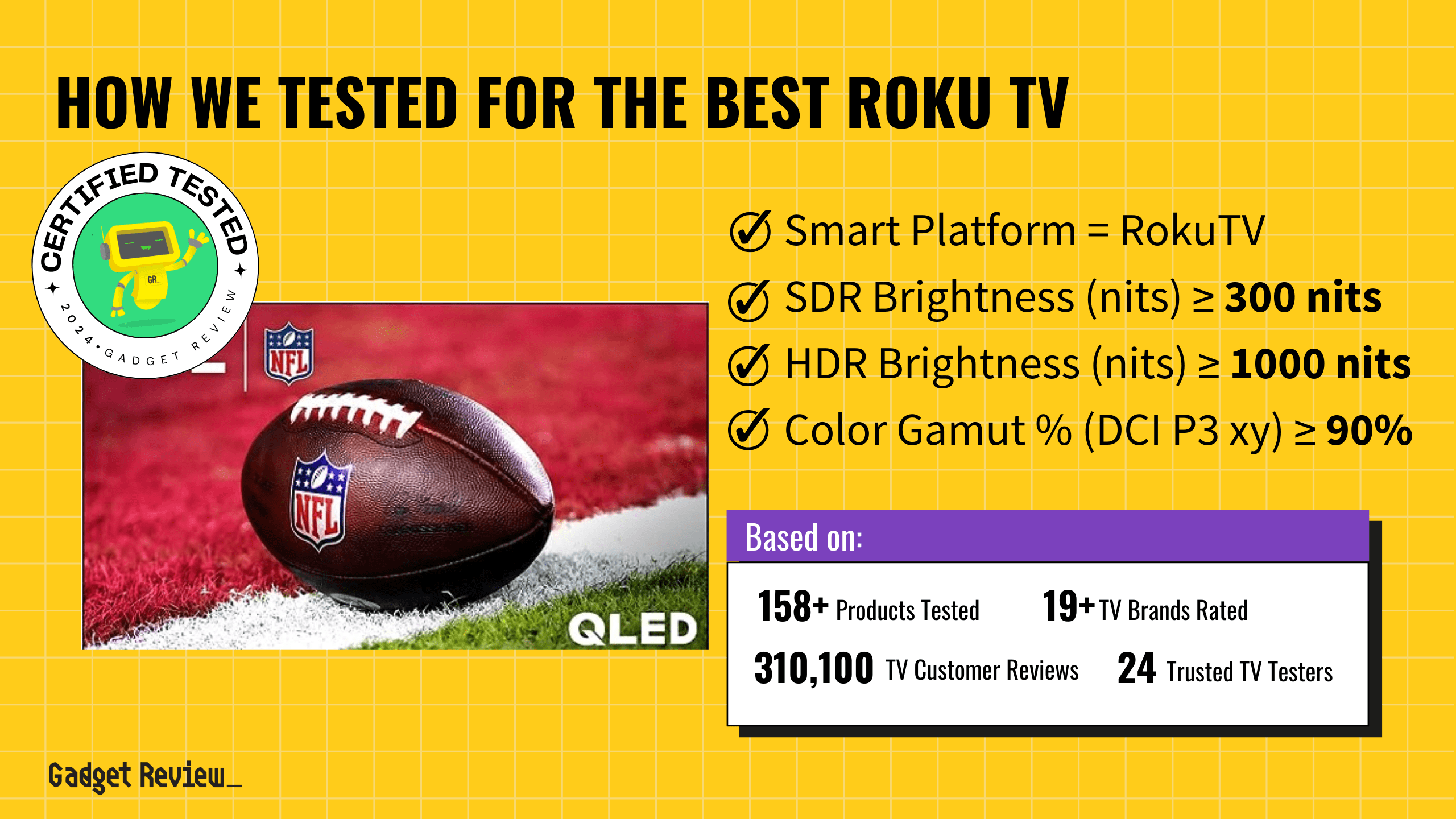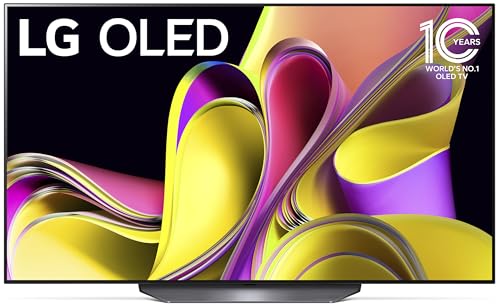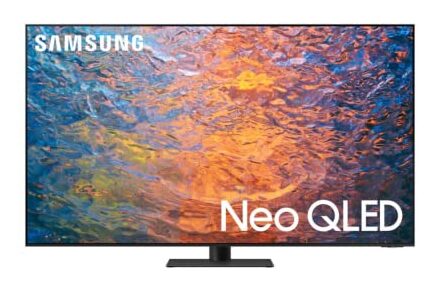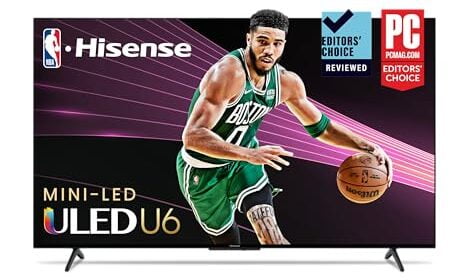With so many flat-panel TVs and Smart TVs available, knowing the potential costs can streamline your choices for the best TVs.
In fact, price largely hinges on desired performance and size specifications. TV prices generally fall within these ranges:
| Price Range | Target Consumer | Screen Size | Resolution | Features & Technology | Best Use |
|---|---|---|---|---|---|
| $400 and Under | People looking for smaller TVs | Under 40″ | Maximum of 1080p (Standard HD) | Some may have Bluetooth, but not guaranteed “Smart” tech | Bedroom or kitchen |
| $400-$600 | Common price range for US TVs | 42″- 55″ | Ranges from Standard HD to 4K or Super HD | Not every TV will be “Smart” or have built-in streaming | High-quality viewing without a giant screen |
| $600-$1200 | People who want larger screens with premium features | Up to 65″ | Super HD (4K resolutions) | Might not have HDR and full Smart TV functionality | Sports, HD movies, video games |
| $1200 and up | People seeking next-gen features and larger screens | Around 72″ and larger | 8K Ultra resolutions, 4K | HDR, QLED, OLED, Dolby Vision, Quantum Dots, full Smart TV functionality | Premium viewing experience |
Budgeting: How much to allocate for a TV?
TVs with a price range of $400 – $600 offer good quality and decent screen size and features. For larger or more advanced TVs, a higher budget is necessary.
You’ll also want to factor in the power of a TV and the monthly costs it adds to your electric bill. But, most new TVs are ENERGY STAR efficient to keep energy costs low.
If you’re going to be using the TV occasionally, spending between $400 to $600 is ideal. For those wanting to splurge on a 65-inch TV, you’ll need to spend $600 or more.
But, if you’ll be using the TV frequently for gaming or watching movies and sports, you’ll want to invest in a more expensive TV with better features. Prices for high-end TVs range between $1200 to $2000 and higher.

Here are some tips for saving money on a TV:
- Shop around and compare prices from different retailers.
- Consider buying a TV during a sales event like Prime Day, Black Friday, or Super Bowl season.
- Buy a refurbished TV. Refurbished TVs are typically sold at a discount and come with a limited warranty.
- Look for a price match guarantee. Some stores will refund you the difference if a TV drops in price during a certain time frame after purchasing.
insider tip
Expect to pay close to or above the $2000 range for 8K resolutions and screen sizes above 65″, as well as next-gen features like HDR and OLED.
Trusted brands and their impact on TV spending
With all the TV brands available now, it’s difficult to decide on one based solely on price. In fact, televisions have evolved from simple entertainment units to sophisticated smart hubs.
As you’re shopping around for TVs, you’ll want to consider selecting a model from a trusted brand. Here’s why:
| Key Reason | Benefits of Choosing A Trusted TV Brand |
| Quality Assurance | Ensures stringent quality standards based on brand history. |
| Innovative Features | Offers the latest tech advancements like OLED and AI upscaling. |
| Customer Support | Provides robust warranties, software updates, and responsive service. |
| Resale Value | Retains better value for future resale compared to lesser-known brands. |
| Longevity and Durability | Uses quality materials for long-lasting performance. |
| Consumer Confidence | Boosted by positive reviews, recommendations, and brand reputation. |
Smart TVs are incredibly popular for their integration of streaming services, voice control assistance, and home automation.
Brands that dominate the Smart TV market include Panasonic, Sony, Samsung, and Hisense. Here’s a list of the most trusted TV brands:
LG

- Key Features: Known for OLED technology, offering deep blacks and vibrant colors. WebOS interface is user-friendly and intuitive.
Samsung

- Key Features: Pioneers in QLED technology, providing bright and colorful displays. Tizen OS offers a smooth user experience.
Sony

- Key Features: Renowned for their Triluminos display and X-Reality Pro engine, ensuring sharp and realistic images. Uses the Android TV platform.
Vizio

- Key Features: Offers affordable yet high-quality TVs with Dolby Vision HDR support. SmartCast OS provides a range of streaming options.
Hisense

- Key Features: Provides budget-friendly TVs with ULED technology. Vidaa U platform is simple and straightforward.
TCL

- Key Features: Known for delivering great value with Roku TV integration. Offers QLED technology in higher-end models.
Panasonic

- Key Features: Pioneers in plasma technology, now focusing on OLED. My Home Screen OS is customizable and user-centric.
Toshiba

- Key Features: Offers affordable TVs with Fire TV integration for seamless streaming. Supports Dolby Vision and HDR10.
Evaluating Components: Determining How Much to Spend on a TV
As you budget for a new TV, consider additional components like a soundbar or speakers, especially if you’re connecting speakers to a TV using speaker wire. These components can cost an additional $100-200, increasing your overall expense, especially for TVs priced between $300-500.





